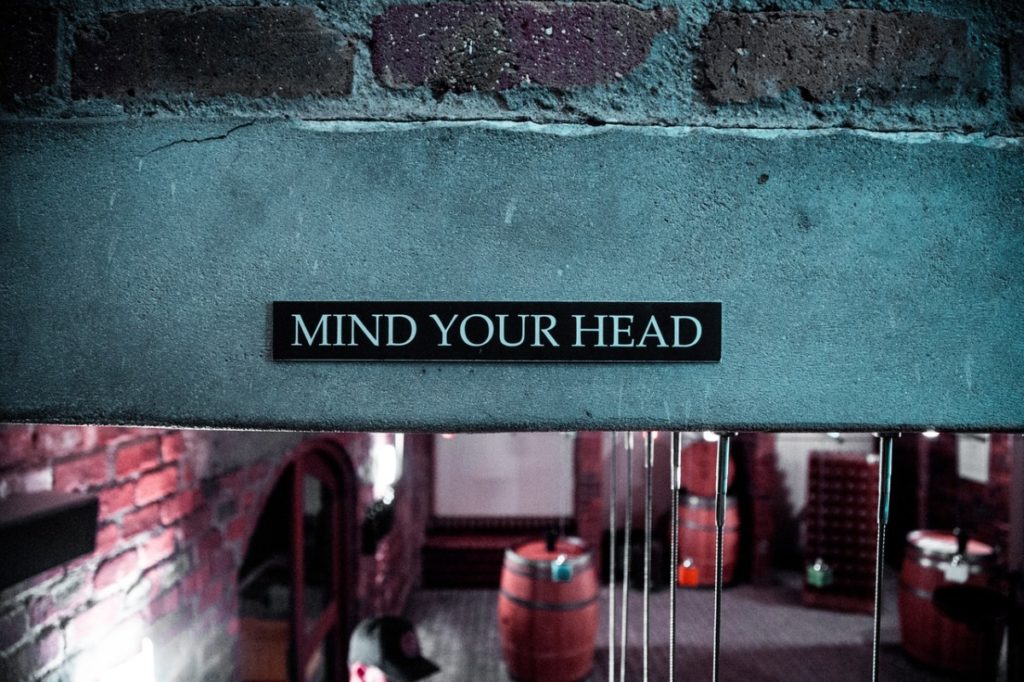Among the ever-present risks that could happen in any commercial space are slip-and-fall accidents, which can result in a tort case based on the doctrine of premises liability.
According to the US Centers for Disease Control and Prevention(CDC), there are 3 million elderly people each year who are rushed to emergency departments because of fall incidents. Additionally, more than 800,000 patients every year are treated at hospitals for head injuries and hip fractures resulting from fall accidents.
Fall incidents due to slippery or uneven surfaces or because of slip, trip, and fall hazards occur practically everywhere: in schools, at home, inside commercial properties, on workplaces. In short, everyone is at risk of falling victim to such an unfortunate accident.
Property owners, meanwhile, are potentially liable for damages if proven negligent, thereby resulting in such type of personal injuries.
Now, if you own a commercial establishment (or you’re a tenant in one) and you’re gravely concerned about getting sued for an accident that led to bodily injuries, you need to remember a few things to avoid such accidents or at least minimize the risks.
Here are four ways on how you can lower the chances of personal injuries within your commercial property, which could lead to premises liability:
Know the scope of business premises liability
Knowledge gives a person power. In the case of preventing accidents in your commercial property, knowing the various types of personal injuries that fall under premises liability will help you prevent them from happening.
You can do quick online research by browsing reputable websites to find helpful resources about premises liability. You may also consult with a skilled personal injury lawyer to gain helpful insights about your potential liabilities and legal remedies if you get sued for premises liability in the future.
Install warning signs and safety reminders
One of the determining factors for a premises liability case to pursue is when the commercial property owner or tenant ignored the duty of care that led to an injury of somebody.
A simple example would be the failure of the property owner or tenant to place a sign that the floor is wet and slippery. If somebody accidentally steps into the wet pavement, slips, then falls, and gets injured in the process, the tenant or property owner may be held accountable for premises liability resulting from the failure to exercise the duty of care.
As such, the quick and easy fix is to install warning signs and safety reminders in strategic areas where there’s a risk of accidents and bodily injuries. You can have permanent signage in places where the risks are always present and removable or detachable ones in areas where the risks are just occasional (such as the wet floor example).
This simple act could be your best defense against a potential lawsuit where you’ll be accused of neglecting your duty of care, which allegedly led to personal injury.

Conduct regular premises safety inspections
Keeping your business premises safe for employees and customers is not a one-time thing. The truth is that it’s a constant burden that you need to carry on your shoulders.
One excellent way of ensuring that there are no unforeseen risks within your premises is through regular safety inspections. Ideally, it must be done at least once daily, especially if you have many occupants and there are plenty of moving parts within your area of responsibility. These inspections will prove extremely helpful in spotting potential causes of accidents, thereby giving you enough time to act on them.
You may do the inspection yourself, assign an employee, or hire a licensed safety officer. No matter whom you entrust the task to, the bottom line is to observe a regular schedule for such safety oversight.
Correct safety issues outright
If, during one of your regular safety inspections, you spotted an issue that you think requires to be corrected immediately, you should follow your better judgment and act on the matter outright.
It can be uneven or damaged flooring, a hanging part of the ceiling, or anything that can fall, cause slippage, or lead to someone getting tripped.
No matter how much it would cost you to correct such safety hazards, you should go with it and invest the money needed. After all, you might be paying a higher amount in damages if someone gets injured because of the hazards you failed to remove from your premises.
With these sensible and easy preventive measures, the chances of personal injuries happening in your business premises would be significantly lessened, if not eliminated.

